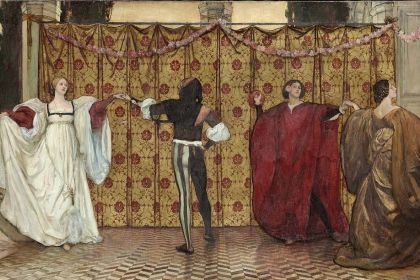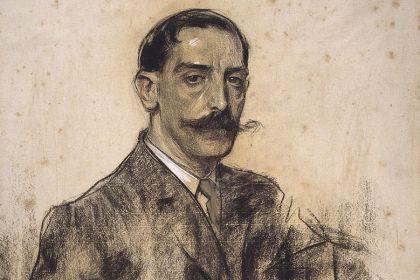PIANO
Pavane for a Dead Princess: who inspired Ravel's early piano piece?

Infanta Margarita Teresa in a Blue Dress by Diego Velázquez
Pavane pour une infante défunte or Pavane for a Dead Princess is a well-known piano piece with a leisurely and charming melodic line written in the form of a pavane dance by the French composer Maurice Ravel in 1899. At the time, Ravel studied composition at the Paris Conservatory under the influential composer Gabriel Fauré who is considered to be a key figure in the revival of the aristocratic dance of pavane.
Widespread throughout Europe during the Renaissance and early Baroque period, the slow pavane dance was mainly intended to showcase the splendor of the outfits so favored by the nobility. The dance was usually performed by one or two pairs, often by the royal pair to open court balls.
Despite the fact that Ravel dedicated Pavane for a Dead Princess to his patron, the Princesse de Polignac, he stated that the piece depicted the pavane as it would be danced by the famous Infanta from the paintings of Diego Velázquez. As for the title itself, there is evidence that Ravel liked the sound of the phrase "infante défunte" and therefore listeners should not look for any funeral motifs in the composition.
The work was first published in 1900, becoming popularized two years later by the outstanding French pianist Ricardo Viñes who performed it at one of his concerts. According to his contemporaries, Ravel played Pavane for a Dead Princess at a very slow pace, the fact of which is also confirmed by the preserved recording of the composer performing the piece.
Listen to Pavane Pour Une Infante Defunte performed by Maurice Ravel:
In 1910, Ravel published an orchestration of his pavane in which the melodic line had been assigned to the horn. The premiere took place a year later in England to a positive but somewhat surprised reaction from some critics who found the harmony conventional and somewhat archaic compared to the overall impressionistic style of Ravel's music.



